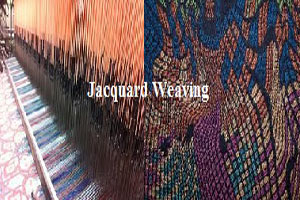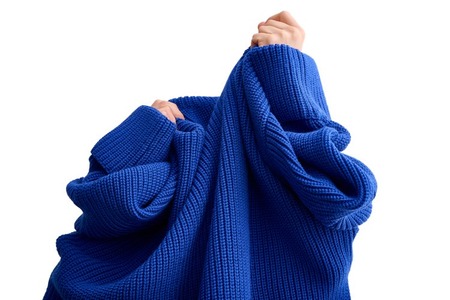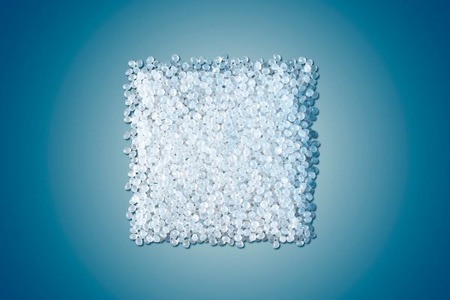
Jacquard weaving once famous world over on verge of extinction
YarnsandFibers News Bureau 2015-03-16 17:00:00 – ThiruvananthapuramMuslin, popularly know as Calico, produced in Kozhikode, who once caught the attention of people not just in the country, but far off in the Western and European market. But the knowledge and technique of weaving the cloth died with its weavers, some blame it on industrialisation and others on the neglect of the art. But now, the fate of the Jacquard cloth too seems to be following the same path and is on the verge of extinction in North Malabar.
Jacquard is a kind of cloth much sought-after by the people in Western and European countries even today. There are only a few weavers and companies left who still continue to weave cloth using the technique.
Interestingly, in Kozhikode, there are no weavers who now weave cloth using Jacquard loom. Earlier, there were companies like Ceylon Loom Textile, Neo Textile and societies like Swaraj Textile, Taj and Komeri Textile, which used to weave cloth in Jacquard loom, recalls K Balan, a master weaver and carpenter who had helped many of these companies to install Jacquard looms.
The introduction of the power loom and the normal handloom which make job easy and the job opportunities in other sectors seem to have pushed the art of weaving cloth through Jacquard loom into stupor.
There are just a few weavers in Kannur who continue to do it, but comparatively in a very small quantity.
Weaving cloth through Jacquard loom requires precision, imagination, patience and effort. But the final result would be quality cloth. The Jacquard loom allows to produce patterned fabric. Intricate figures created all over the fabric makes the cloth special in the handloom sector. It is possible with the help of the Jacquard attachment or punch card. The loom is controlled by a chain of cards, a number of punched cards, laced together into a continuous sequence. Multiple rows of holes are punched on each card, with one complete card corresponding to one row of the design.
While the normal loom allows straight and simple designs, they have about 10 to 12 hooks for creating designs, the weaving in Jacquard loom is done using 100 to 600 hooks, that create the designs.
K Gautham, proprietor of Swaraj Textile, points out that the Jacquard machines are costly to maintain, as they are complex and require highly skilled personnel. An expensive design system is required to prepare the designs for the loom, and possibly a card-cutting machine.
Weaving is more costly since Jacquard mechanisms are more liable to create faults. Also, the looms will not run fast.
The situation now is such that there are no weavers and it is difficult to meet the demand as well. Now there is just a handful left who wish to carry forward this art.
According to Komu Ravindra, deputy director, Weaver Service Centre, Kannur, there is a good export market for the product, but the weavers are not willing to come forward.
Surendran, secretary, Kuthuparamba Society, Kannur, which still weaves Jacquard, said that not many are choosing the job. But if the required promotion is given, it can generate employment and revenue.
Time is not far away when these looms will be found in museums and there will be no one who can teach people how to weave cloth using these looms. It may meet the same fate as Calico.
Market Intelligence
Ask for free sample Report

experience
Customer Base
dedicated team
Countries Served Worldwide









